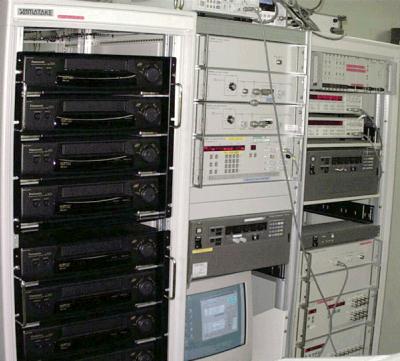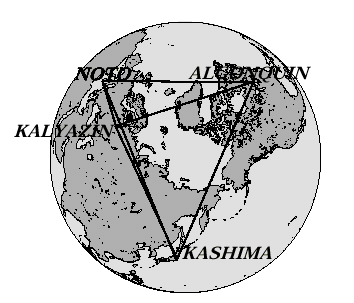
Figure 1. Left is S2-RT/PT and right is VSOP backend including Video converter, Sampler, and VSC7220.
|
Kashima Space Research Center Communications Research Laboratory 893-1 Hirai, Kashima, Ibaraki 314-0012, Japan |


| Wires | Clock | Modes | Total Rate |
| 4 | 32 MHz | 32x4-1, 32x4-2 | 128Mbps |
| 16 MHz | 16x4-1, 16x4-2, 16i4-1 | 64Mbps | |
| 8 MHz | 8x4-1, 8x4-2, 8i4-1 | 32Mbps | |
| 4 MHz | 4x4-1, 4x4-2 | 32Mbps | |
| 8 | 16 MHz | 16x8-1, 16x8-2, 16i8-1, 16p8-2, 16v8-2 | 128Mbps |
| 8 MHz | 8x8-1, 8x8-2, 8i8-1, 8p8-2 | 64Mbps | |
| 4 MHz | 4x8-1, 4x8-2, 4i8-1, 4p8-2 | 32Mbps | |
| 16 | 8 MHz | 8x16-1, 8x16-2 | 128Mbps |
| 4 MHz | 4x16-1, 4x16-2 | 64Mbps |